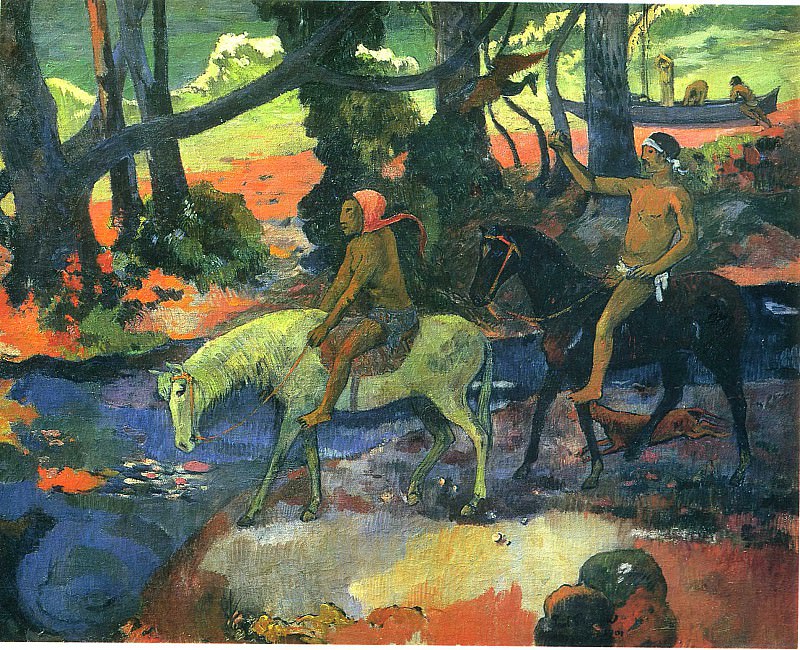Diego Rivera: A Legacy of Art and Activism
Introduction to Diego Rivera
Diego Rivera, one of Mexico’s most influential artists, is celebrated for his groundbreaking contributions to modern art. Born on December 8, 1886, in Guanajuato, Mexico, Rivera’s work transcended boundaries, integrating artistic innovation with socio-political commentary. His murals, characterized by their vibrant colors and powerful narratives, offer a profound glimpse into the complexities of Mexican society and the universal human experience.
Early Life and Artistic Beginnings
Rivera’s artistic journey began at an early age. His parents, both of whom were well-educated and supportive of his talents, encouraged his burgeoning interest in art. At just ten years old, Rivera began formal training at the Academy of San Carlos in Mexico City. This early education laid the foundation for his future works, as he was exposed to classical techniques and inspired by both European and Mexican art traditions.
By the age of fifteen, Rivera had already demonstrated remarkable skill, earning a scholarship to study in Europe. His time in Spain, France, and Italy exposed him to the avant-garde movements of the early 20th century, including Cubism and Surrealism. Rivera’s encounters with artists like Pablo Picasso and Georges Braque significantly influenced his stylistic development, but he remained committed to a unique vision that would ultimately define his career.
Muralism: The Birth of a Movement
Diego Rivera’s most significant contributions to the art world came through his mural paintings. In the 1920s, Rivera, along with fellow Mexican artists such as José Clemente Orozco and David Alfaro Siqueiros, played a crucial role in the Mexican Muralism movement. This movement sought to use public spaces as canvases for social and political commentary, reflecting the revolutionary ideals of the Mexican Revolution.
Rivera’s murals are renowned for their grand scale and intricate detail, often covering entire walls in public buildings. His work aimed to make art accessible to the masses, contrasting sharply with the elitism that characterized much of European art. These murals depicted historical events, social struggles, and the everyday lives of ordinary Mexicans, blending realistic and symbolic elements to convey powerful messages.
Key Murals and Their Significance
Among Rivera’s most iconic works are the murals at the National Preparatory School in Mexico City and the Detroit Institute of Arts. The murals at the National Preparatory School, painted between 1923 and 1924, depict Mexican history from pre-Columbian times to the modern era. These murals celebrate indigenous cultures and the revolutionary spirit of the Mexican people, while also critiquing colonialism and the oppressive forces that have shaped Mexico’s history.
The murals at the Detroit Institute of Arts, completed between 1932 and 1933, showcase Rivera’s engagement with industrialization and the working class. Commissioned as part of a larger project to decorate the newly built museum, these murals emphasize the contributions of laborers and the potential for social progress through collective effort. Rivera’s choice to include elements of American industry and technology in these murals underscores his belief in the universal nature of human struggle and achievement.
Rivera’s Political Ideals and Social Commentary
Diego Rivera’s art was deeply intertwined with his political beliefs. A committed Marxist, Rivera used his work to advocate for social justice and criticize capitalist exploitation. His murals often portray the struggles of the working class, the oppression of indigenous peoples, and the consequences of imperialism.
Rivera’s political engagement extended beyond his art. He was an active participant in the Mexican Communist Party and used his influence to promote leftist ideals. His murals frequently incorporate imagery that reflects his ideological convictions, such as depictions of revolutionary leaders and scenes of collective labor.
Despite facing criticism from political and religious institutions, Rivera remained steadfast in his commitment to social change. His work serves as a testament to his belief in the power of art as a tool for societal transformation.
Personal Life and Legacy
Diego Rivera’s personal life was as dynamic and multifaceted as his art. His marriage to fellow artist Frida Kahlo was a union marked by both artistic collaboration and personal turmoil. Kahlo, known for her own distinctive style and powerful self-portraits, was a significant influence on Rivera’s work. The couple’s relationship, characterized by mutual admiration and intense emotional struggles, has become legendary in the annals of art history.
Rivera’s legacy extends beyond his own creations. His influence is evident in the continued relevance of muralism and the impact of his work on subsequent generations of artists. His approach to art—combining technical mastery with social activism—has inspired countless artists worldwide to explore the intersection of creativity and political engagement.
Conclusion
Diego Rivera’s art stands as a monumental achievement in the history of modern art. His murals, with their rich narratives and bold aesthetics, offer a powerful commentary on the social and political issues of his time. Rivera’s dedication to merging artistic expression with political activism has left an indelible mark on the art world, ensuring that his contributions will be celebrated and studied for generations to come.
















